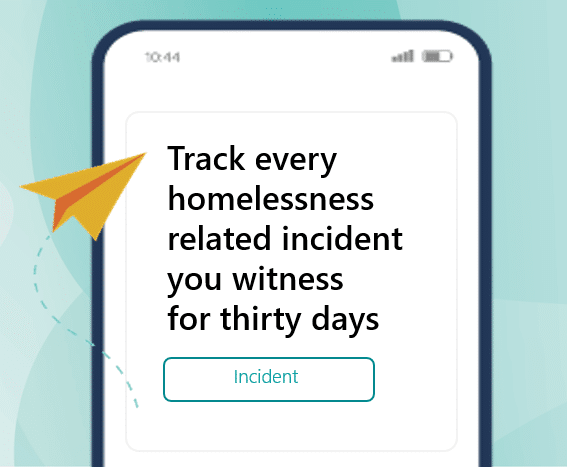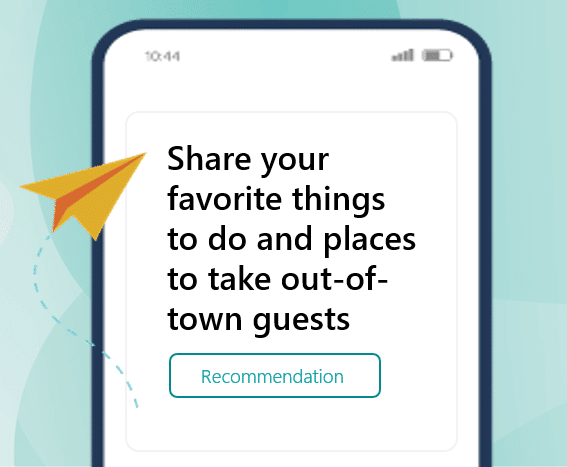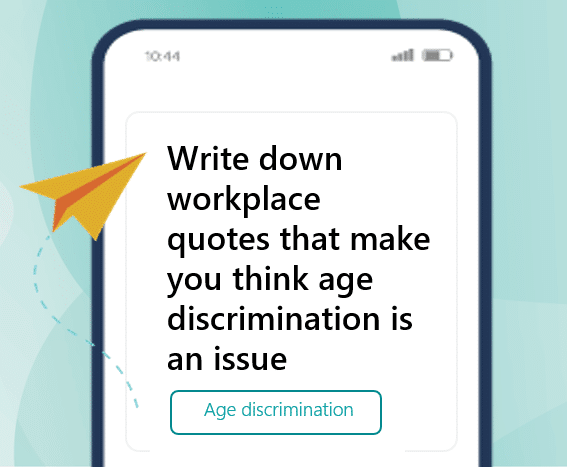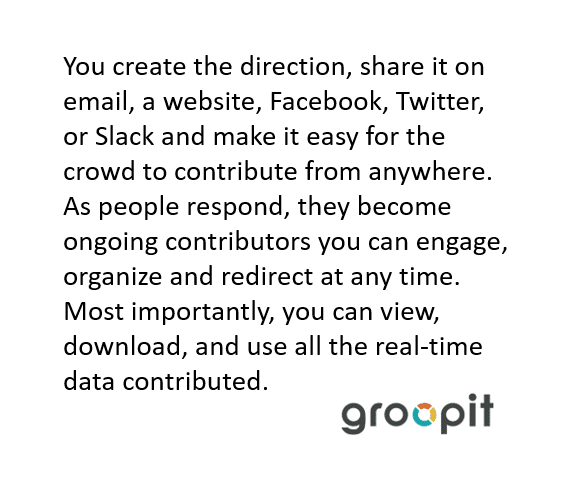If you’ve used the navigation app Waze, you know exactly what to do to outsmart traffic. With the tap of a few buttons, users report road closures, traffic accidents, construction, police presence, hazards, and more. Drivers see the traffic problems immediately, add their observations and adjust their routes. Seemingly disconnected drivers come together to outsmart traffic. This is a great example of crowdsolving, the idea that loosely connected people can come together to solve difficult problems and bring the biggest ideas to life. In this case it’s being used to outsmart and solve traffic problems.
Could you imagine if, for each road closure or accident, users had to input information into a spreadsheet or survey? It just wouldn’t happen. It would be impossible to outsmart traffic. But, that’s exactly what businesses are doing when they try to solve complex problems using email, shared spreadsheets, surveys, channels, and traditional project management tools.
Outsmarting traffic is a complex problem. A multitude of issues are arising simultaneously, changing moment-by-moment, and moving fast. There are countless dependent and independent decision makers involved. People are taking unpredictable actions at unpredictable times. Traffic is fluid and complex; outsmarting it is not linear work. That is exactly why you cannot outsmart traffic with email, shared spreadsheets and surveys. When tackling complex problems with traditional strategies and technologies, the rate of change outpaces the speed extended teams work, reducing progress to a slow grind.
So why are businesses still operating this way to solve complex problems?
The most important problems businesses face today are complex. They cross boundaries—functions, departments, disciplines, locations, hierarchies, organizations, industries, and expertise areas. Solving them requires loosely connected people to work as an extended team and a new playbook for leaders. It requires crowdsolving. Yet leaders still do not understand the fundamentals of making this happen.
Here are four strategies every leader should take from the Waze playbook:
- Provide real-time direction. In Waze, drivers know to report traffic congestion, accidents, and hazards every time they happen. Direct the extended team with that level of clarity, so everyone knows exactly what information to contribute in the moment.
- Make reporting real-time data easy. In Waze, drivers do not write long emails and figure out who needs to know the information. They contribute important information with a few quick taps. Make it that fast and easy for the extended team to contribute important information.
- Share real-time visibility. In Waze, drivers do not contribute information into a big black hole or wait for a weekly summaries to know what’s happening. They see what’s happening immediately and have the opportunity to adjust their own actions. Make the situation that transparent for your extended team so they see what is happening in real-time.
- Establish a focused and dedicated place. In Waze, drivers have a dedicated app to work together toward their shared purpose. Sometimes members are observing, sometimes they are contributing—either way, they meet in the same place, work in the same way, and build a habit of participation over time. Make it that focused for your extended team so they always go to the same place, see what to report, what is happening, and who is participating.
We believe that with crowdsolving, organizations can solve complex problems faster and bring their biggest ideas to life. It’s a new category of software that is changing what extended teams can achieve.
That’s exactly what we’re doing at Groopit with our technology. We took this idea, our expertise, a relentless desire to get to simple and designed a software architecture to enable crowdsolving at scale. Our crowdsolving solution gives leaders a way to accelerate results with an extended team and real-time data. It empowers everyone with clarity and visibility into the moment-by-moment evolution of any challenge.
Enough with the outdated spreadsheets, surveys, emails, and project management tools to solve challenges. The speed we need to solve problems and work across extended teams have fundamentally changed. The time for crowdsolving is here.





